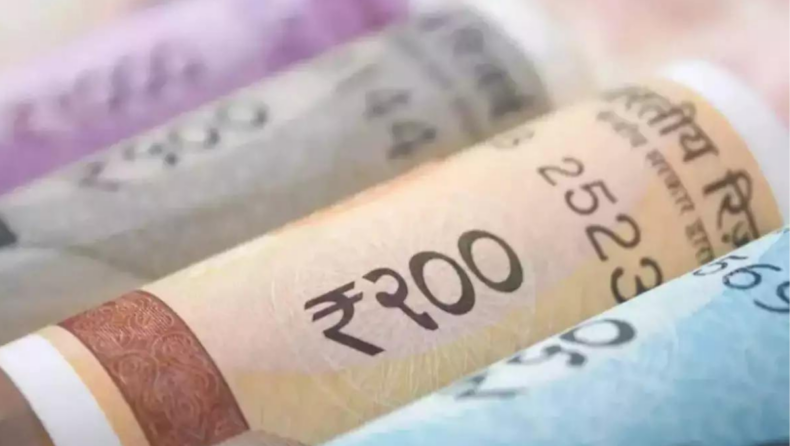MUMBAI: Bank debit bounce rates reduced to their lowest level since May 2019, suggesting improved bank asset quality. The National Payments Corporation of India publishes debit bounce rates for payments that have failed due to insufficient funds.
Bounce rates were 22.4 percent by value and 29.2 percent by volume in February 2022. Bounce rates for February 2022 are roughly 100bps higher than the average of around 21.5 percent for February 2018-February 2020. Pre-Covid bounce rates during February were about 25.8%. (June 2019 to February 2020).
“This suggests that asset quality is improving, and retail NPLs may fall further in 4QFY22. “Recent geopolitical tensions and their influence on oil prices may generate anxiety in the retail market, particularly in rural and commercial vehicle segments,” said Suresh Ganapathy, research analyst at Macquarie.
While data is available for the banks with the greatest bounce rates, this may not represent their loan performance.
According to Macquarie, bounces affect the sponsor bank, not the destination bank (where the consumer has an account). “Sponsor bank bounce rates impact asset quality more, although sponsor banks may also be functioning as collection agents for other FIs (eg. NBFCs). As a result, we cannot draw clear consequences on asset quality,” Ganapathy remarked.
Bankers say that despite high bounce rates, only a tiny percentage of assets become delinquent or non-performing.













